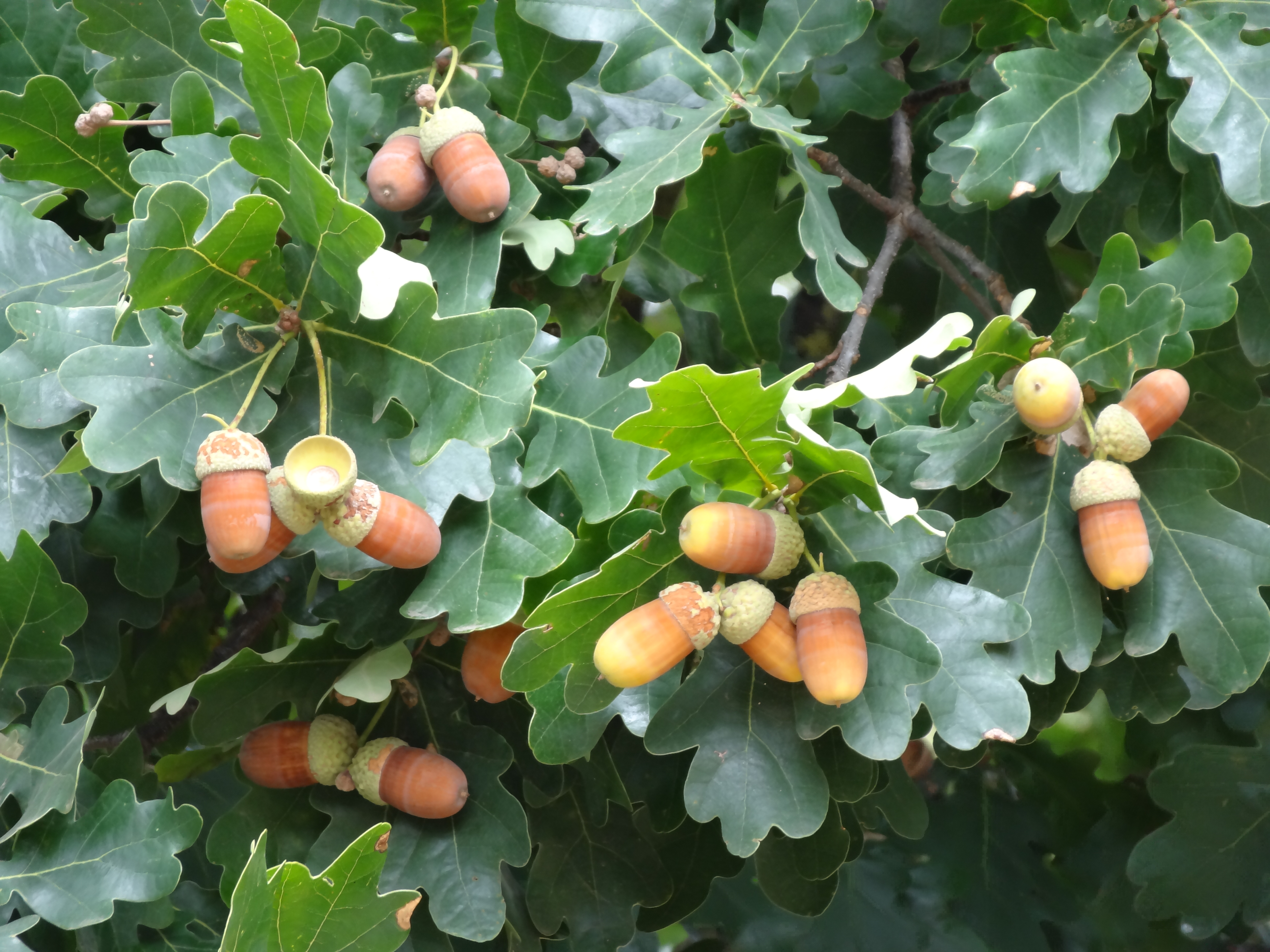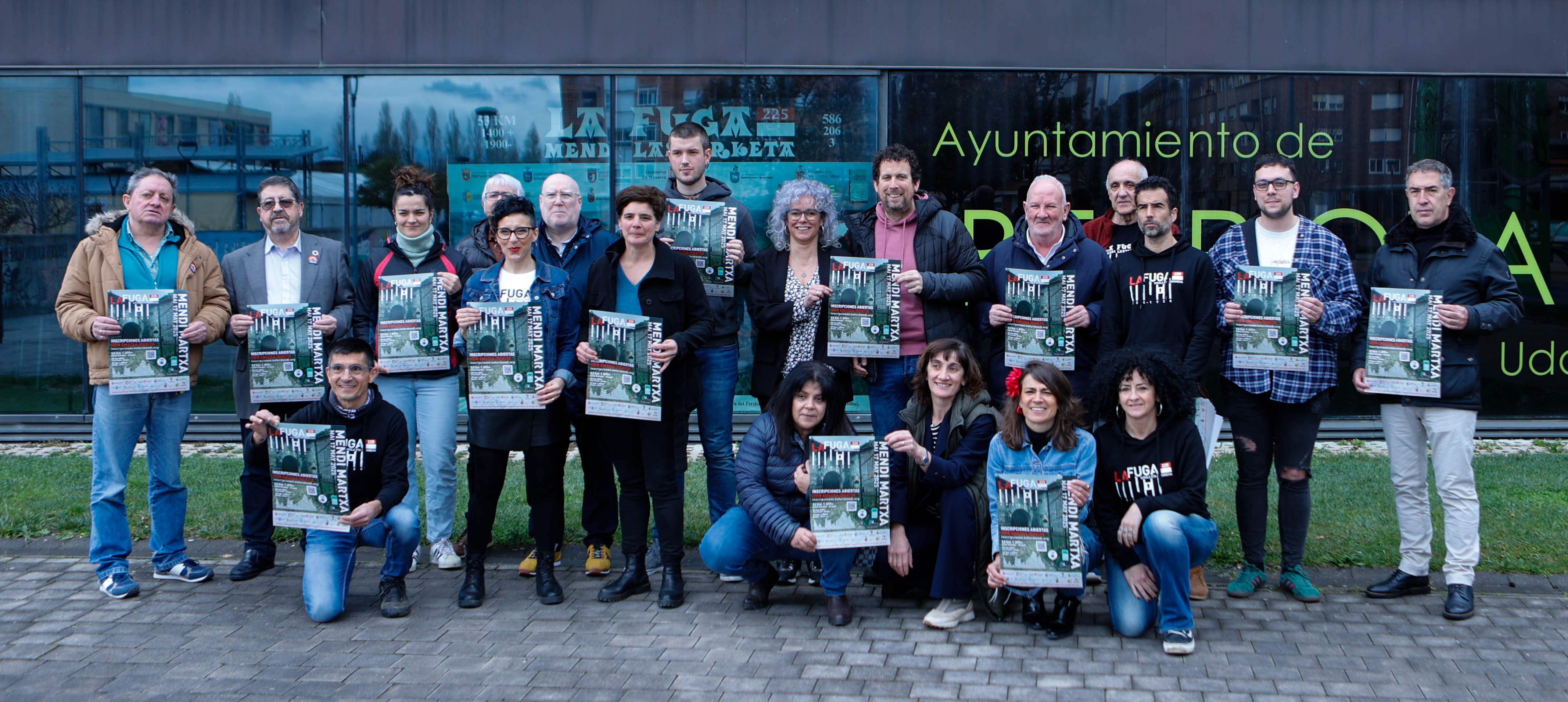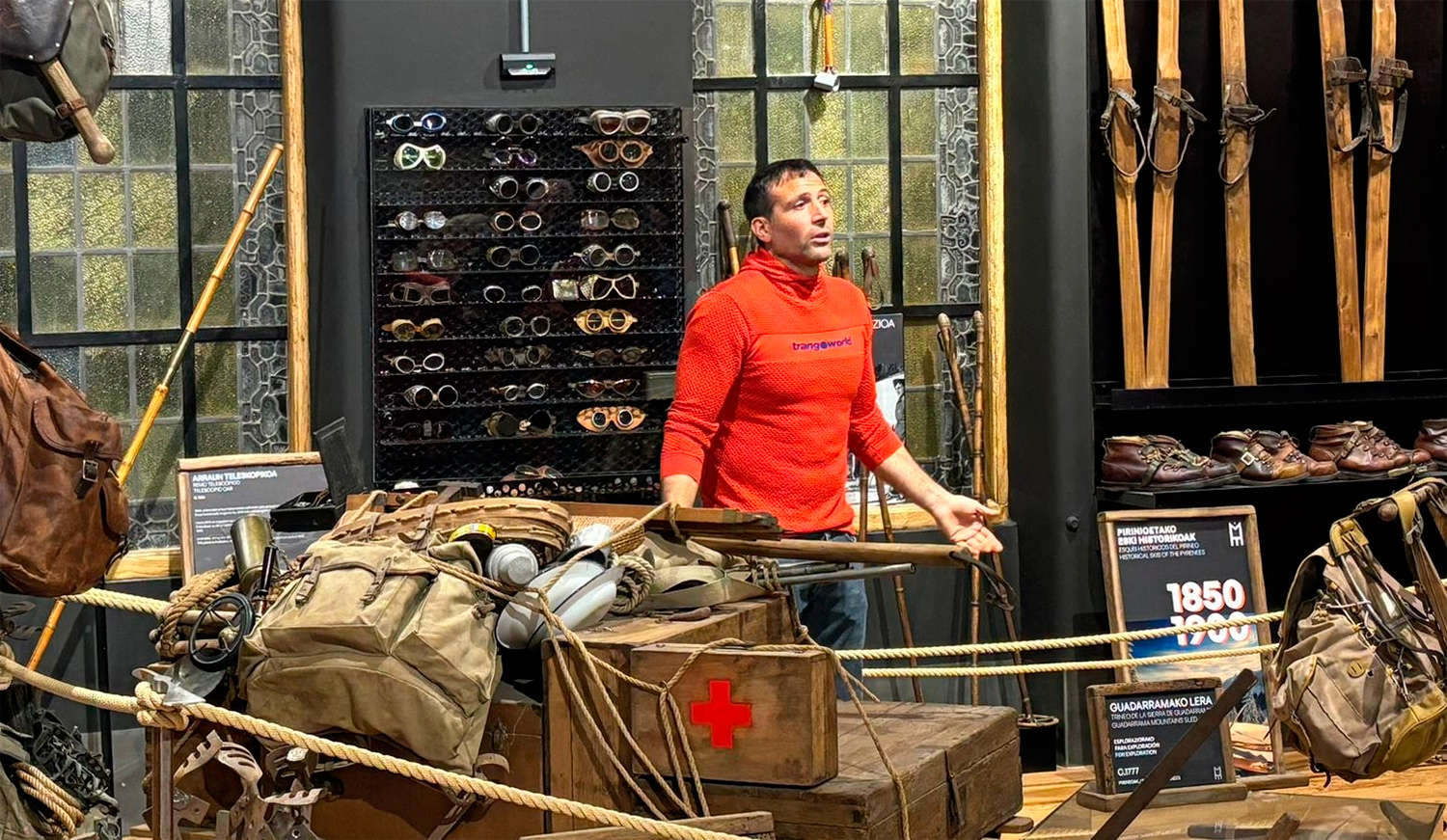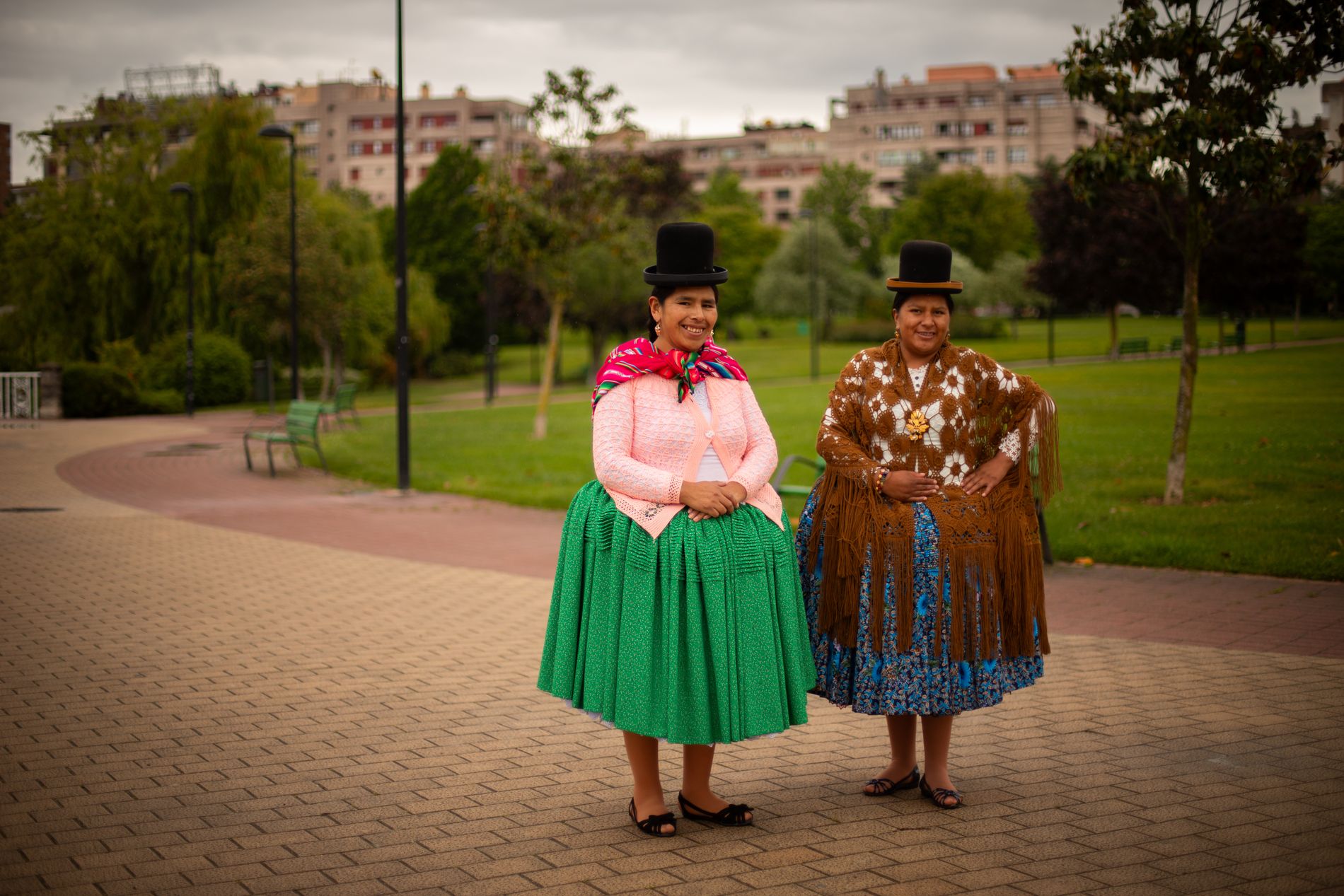Bizkaia Forest: in poor state of conservation, but still in time to reverse
- In order to recover the indigenous forest of Bizkaia and promote changes in the public management of forests, the Kolore Guztiak platform was released in October last year. Faced with the negative impact of the loss of indigenous forest on soil fertility and biodiversity, the platform has invited us to chart the way forward with the proposal presented.

The analysis carried out by the Basque Government in 2011 on the state of conservation of forests showed the poor state of conservation of forests in the Basque Country. Bizkaia is, according to the study, the historical territory with the least surface that houses the indigenous plants (oak, quejigo, aliso, art and hayedo) and, therefore, the least conserved. With a forest area of 71.86% of the total area of the territory, 59.55% of it is grove forests, 158,988 hectares. 75.61% of this forest surface corresponds to eucalyptus and pine plantations, while native species only represent the remaining 24.36% of the forest surface. In addition, indigenous species are small and dispersed among themselves, which would be contrary to what would be healthy, according to Julen Villasante, a member of the platform.
The platform has explained how we have come to this situation. The radiata pine first arrived in Bizkaia in 1847, and the cutting of this tree, brought from the outside, allowed some to pay “the incomes of their homes and roofs of their homes”. However, in the course of the century and a half, while in California, the country of origin of Radiata, the area of this pine is 4,000 hectares, in Bizkaia it is 70,000 hectares, 53% of the forest area. The allochthonous species (of non-indigenous origin) that have started planting to produce wood have ended up replacing the native species.
The allochthonous species that begin to be cultivated to produce wood have ended up replacing the native species.
The decline of pine wood in terms of value in recent years has led to the mass planting of another tree from the outside: eucalyptus. The platform has warned that the woodland that has been most extensive in recent years has continued to expand if no action has been taken.
Lateral damage by replacement of native forest by foreign forest
Like pine, eucalyptus is also a “product subject to the laws of the global market,” and considers “doubtful” the profitability of this long-term view. Despite mistrust of the benefits it can bring in relation to economic factors, eucalyptus has also had other clearly negative effects. “Eucalyptus has developed mechanisms of competition with other species, absorbs water from the environment and puts forests at risk of fires, as it has the ability to survive fire,” explains Villasante. It also uses the water it absorbs for its growth, “reducing the flow of streams around it and causing serious damage to the flora and fauna,” according to Villasante. As if that were not enough, the recovery of the land where eucalyptus has been produced is very complex, as it continues for several generations trying to re-born the specimens cut by eucalyptus.
Apart from the damage of eucalyptus, the platform stresses that both radiata pine and eucalyptus are responsible for soil vulnerability. Both the planting and harvesting methods fulfil only the production function, without taking into account environmental factors. With regard to biodiversity, however, the platform notes that they cause considerable damage, with the introduction of invasive species and h
destruction or division of aviation.
Although pine and eucalyptus monocultures are planted in fertile and organic soils, the report of the platform explains that forest management has a negative impact on these lands. In the case of pines, in the stalks that are carried out every 35 to 40 years and in the case of eucalyptus every 12 to 15 years, for example, trees are cut from the whole area with the techniques used by the current forest management. These cuts lead to the disappearance of the understory created in the shade of the trees. Mechanized work is the use of heavy machinery for the opening of slopes, the execution of wood by trawl, as well as other factors affecting biodiversity in terms of management. Among the damages that this causes is the loss of the earth’s carbon absorption capacity, through which climate change is combated.
The Forests of All Colors platform has underlined the need to recover the indigenous forest, which is not natural.
Commitment to other forest management
In the face of this situation, the Forests of All Colors platform has underlined the need to replenish the native forest, and when taking action to do so, Villasante has pointed out that “the courage must be of the administration”. The proposal is aimed mainly at the Provincial Council of Bizkaia and the municipalities, as they understand that their intervention in the recovery of indigenous forests is the most significant.
The platform has proposed to the Provincial Council a change in the forest management model, especially with regard to the publicly owned land in its possession. As a general criterion, and with a view to recovering indigenous forest, it is requested that the area of land occupied by allochthonous species be limited, stressing that the 1994 standard for the promotion of indigenous species in public forests has not been complied with so far. And they have proposed Near Nature Forestry, because they consider it to be the method that best combines production and conservation: the one that allows to preserve biodiversity and make wood with native forest, as several European countries have assured.
JULEN VILLASANT:
“The courage must be of the administration”
As for privately owned forests, which account for 76.24 per cent of the tree masses, what is done there will be unavoidable importance. Thus, the Forests of All Colors platform has been open to advise the owners of private spaces that want to bet on the Forest Near Nature. However, they have made it clear that the Member has a responsibility to buy and replenish the land and to offer financial aid to the owners who are willing to do so. Aid is expected to be available by the end of the year.
Concerning the other measures, the platform underlines the need to continue working and to describe the attitude shown so far by the Member as "deficient". “We have to try to produce otherwise (…) it has been done elsewhere and is therefore possible,” said Villasante. The municipalities of Atxondo, Ea and Bakio, for example, have advanced that they are already taking the first steps along that road.
Kirola eta oroimena uztartuko dituzte, bigarrenez, mendi-martxa baten bitartez. Ez da lehiakorra izanen, helburua beste bat delako. La Fuga izeneko mendi martxak 1938ko sarraskia gogorarazi nahi du. Ezkabako gotorlekuan hasi eta Urepelen amaituko da. Maiatzaren 17an eginen dute.
Herriko EH Bilduko zinegotzi eta legebiltzarkide den Ander Goikoetxeak egindako galdera parlamentario bati Jaurlaritzak emandako erantzunaren bidez jaso informazioa hau. Bi haize sorgailu ezartzeko asmoa dago eta Cluster Hernani izeneko proiektu zabalago baten barruan kokatzen... [+]
Mendizale batek asteburuan ikusi du animalia Lapurdiko Azkaine herrian, eta otsoa dela baieztatu du Pirinio Atlantikoetako Prefeturak. ELB lurraldean "harraparien presentziaren kontra" agertu da.
On Sunday of September it is customary to climb to Ernio, dance in Zelatun and eat brown chorizo, or something. The worst time you don't need people. This year, when my friends were leaving earlier and I was delaying, I would go up alone, finding the crews coming down. Most young... [+]














_Glaciar.png)









